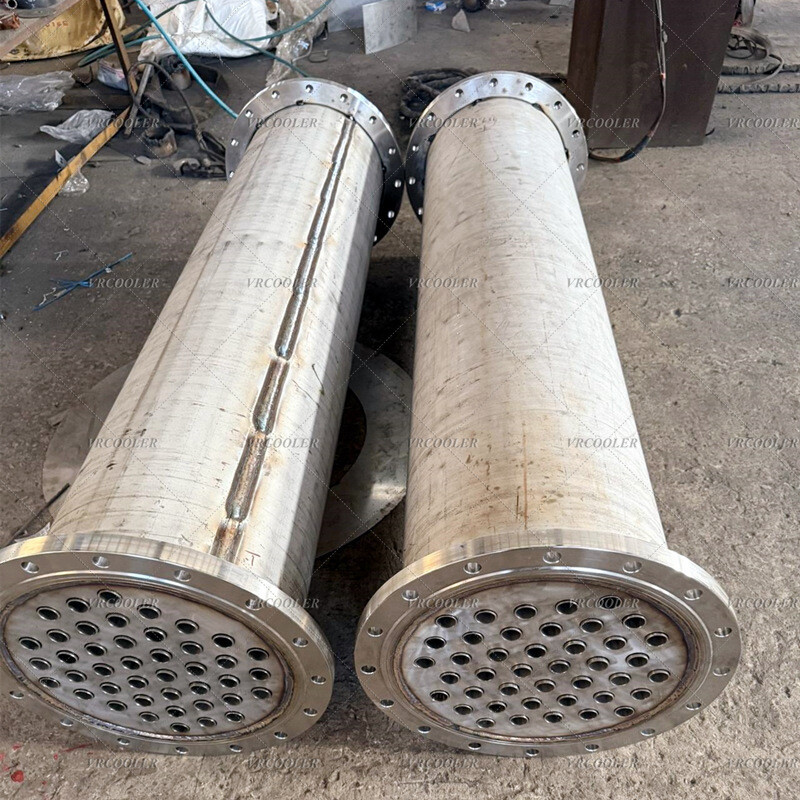A high surface area for heat transmission is made possible by the design of shell and tube heat exchangers. Copper, stainless steel, and other materials with high heat conductivity are frequently used to make tubes. The heat transfer mechanism is driven by the potential for a large temperature differential between the fluid in the shell and the fluid inside the tubes.
The steam (the hot fluid) outside the tubes condenses in a power plant condenser, for instance, and imparts its latent heat to the cooling water passing through the tubes. Rapid heat transmission is facilitated by the numerous tubes and the effective flow configuration, which guarantees the power generating process runs smoothly.
They can handle a wide range of fluids, including corrosive, viscous, and high - pressure fluids. Tubes can be made of materials that are resistant to corrosion, such as titanium - alloyed tubes for handling seawater or chemical - resistant polymers - lined tubes for aggressive chemicals.
In the chemical industry, shell - and - tube heat exchangers are used to cool or heat viscous polymer solutions. The high - pressure design allows for handling fluids at elevated pressures, such as refrigerant fluids in a refrigeration cycle, where the pressure of the refrigerant can be several atmospheres.
The fluids' flow rates can be changed to suit the requirements of the process. The heat transfer rate can be maximized by adjusting the fluids' flow velocity, diameter, and number of tubes.
For example, based on the quality of the crude oil and the needs for downstream processing, the pre-heating process in a petroleum refinery calls for varying flow rates and temperature increases. It is possible to modify shell-and-tube heat exchangers to satisfy these particular requirements.
The structure of shell - and - tube heat exchangers is generally very sturdy. The tubes are supported by tube sheets and baffles, which can withstand mechanical vibrations, pressure fluctuations, and thermal stresses.
In industrial applications such as in a paper mill, where the heat exchanger may be subject to vibrations from the machinery and fluctuations in steam pressure and flow, the robust construction of shell - and - tube heat exchangers ensures a long service life and reliable performance.
Tubes are conveniently accessible for upkeep and cleaning. If fouling occurs (debris builds up on the heat transfer surfaces), the tubes can be chemically cleaned using the right solvents or physically cleaned with brushes.
For instance, routine cleaning is necessary to maintain hygienic conditions and heat transfer efficiency in a food processing facility where the heat changer is used to heat or cool food-grade fluids. Shell-and-tube heat exchangers are the preferred option because of their easy cleaning capabilities.


